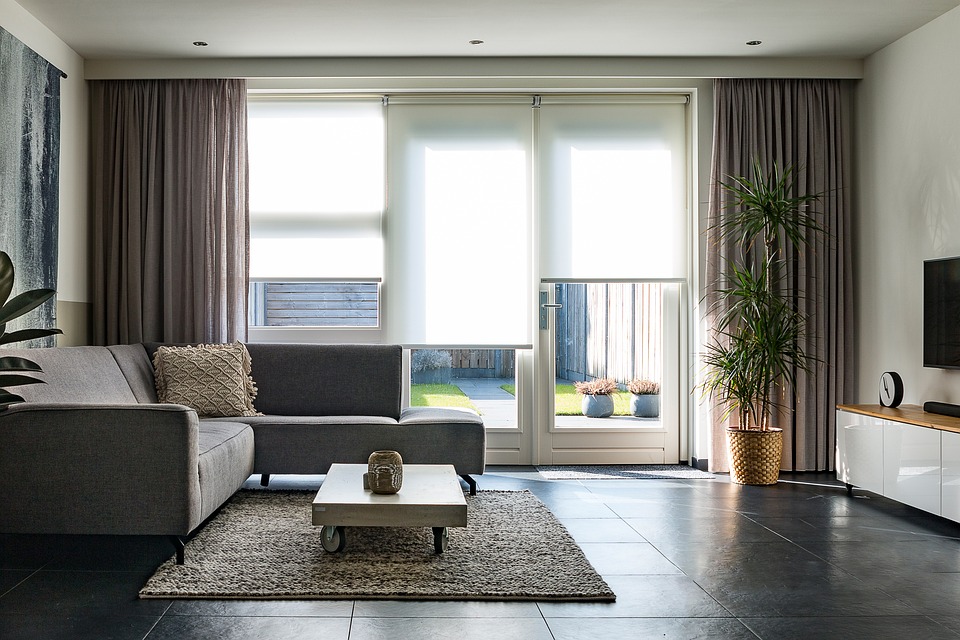Introduction
Indoor gardening is a wonderful way to bring life and beauty into your space while enjoying the numerous benefits it offers.
Whether you have a spacious home or a small apartment, indoor gardening allows you to transform your space into a lush oasis filled with greenery.
From improving air quality to reducing stress and enhancing mood, the advantages of indoor gardening are endless.
In this article, we will explore the various benefits of indoor gardening and provide tips on how to create and maintain your own indoor garden.
Enhanced Air Quality
One of the most significant benefits of indoor gardening is the improvement in air quality.
Plants naturally release oxygen during photosynthesis, which in turn improves the air we breathe.
Additionally, indoor plants act as natural filters, removing harmful pollutants and chemicals from the air.
This can help minimize the presence of allergens and toxins, making your indoor environment healthier and more enjoyable.
Stress Reduction
Modern life often comes with stress and anxiety.
Indoor gardening can be an effective way to alleviate these pressures and promote relaxation.
The act of nurturing plants and being surrounded by natural elements can reduce stress levels and create a serene atmosphere.
Studies have shown that spending time with plants can lower blood pressure and promote a sense of calmness, ultimately improving overall mental well-being.
Mood Enhancement
Indoor gardens have a remarkable ability to enhance mood and create a positive atmosphere.
The presence of plants and greenery can elevate your mood, reduce feelings of sadness or depression, and increase overall happiness.
Being surrounded by nature has a therapeutic effect on the mind, improving cognitive function and promoting a sense of tranquility.
Increased Productivity
Indoor gardening has been found to boost productivity, making it highly beneficial for home offices or study areas.
The introduction of plants and nature-inspired elements can enhance focus, creativity, and concentration.
Additionally, the presence of greenery can help to reduce distractions and create a more harmonious working environment.
Creating Your Indoor Garden
Now that you are convinced of the benefits of indoor gardening, it’s time to start creating your own indoor oasis.
Here are some tips to get you started:
Choose the Right Plants
Select plants that thrive well indoors.
Some popular choices include spider plants, pothos, peace lilies, and snake plants.
Consider factors such as light levels, temperature, and humidity to ensure the selected plants will flourish in your space.
Provide Adequate Light
Most indoor plants require a good amount of light.
Place them near windows or use artificial lighting solutions like grow lights, especially if your space lacks natural sunlight.
Remember to rotate your plants periodically to ensure even growth and prevent leaning towards the light source.
Appropriate Watering and Drainage
Water your plants as needed, ensuring you do not overwater or underwater.
Different plants have different watering requirements, so it is important to understand the needs of each plant in your indoor garden.
Additionally, ensure proper drainage to prevent root rot and other water-related issues.
Decorate with Style
Incorporate your personal style into your indoor garden by choosing decorative pots, plant stands, and other accessories.
This will not only add visual appeal but also create a cohesive and aesthetically pleasing space.
FAQs
Q: How much time and effort is required for indoor gardening?
A: The time and effort required for indoor gardening depends on the types of plants you choose and their specific care needs.
Some plants may require more attention, while others are low maintenance.
It is essential to research and understand the care requirements of each plant to ensure the best results.
Q: Can indoor gardening be done in small spaces?
A: Absolutely! Indoor gardening is perfect for small spaces.
You can utilize vertical gardening techniques, hanging planters, or even create a mini herb garden on your kitchen window sill.
With a little creativity, you can transform any small space into a green oasis.
Q: Are there any specific indoor plants known for air purification?
A: Yes, certain indoor plants are exceptional air purifiers.
Examples include the peace lily, snake plant, spider plant, and Boston fern.
These plants are known to filter out common indoor pollutants and help improve air quality.
Q: Can I grow vegetables and herbs indoors?
A: Yes, you can grow a variety of vegetables and herbs indoors, especially those that do not require extensive space and rely more on partial sunlight.
Popular choices for indoor vegetable and herb gardens include cherry tomatoes, lettuce, basil, and parsley.
Indoor gardening offers an array of benefits, both for your physical and mental well-being.
It allows you to create a soothing and vibrant space that brings nature indoors.
By implementing the tips provided and selecting plants wisely, you can transform your space into a lush indoor garden that will not only beautify your surroundings but also provide a sanctuary for relaxation and rejuvenation.




